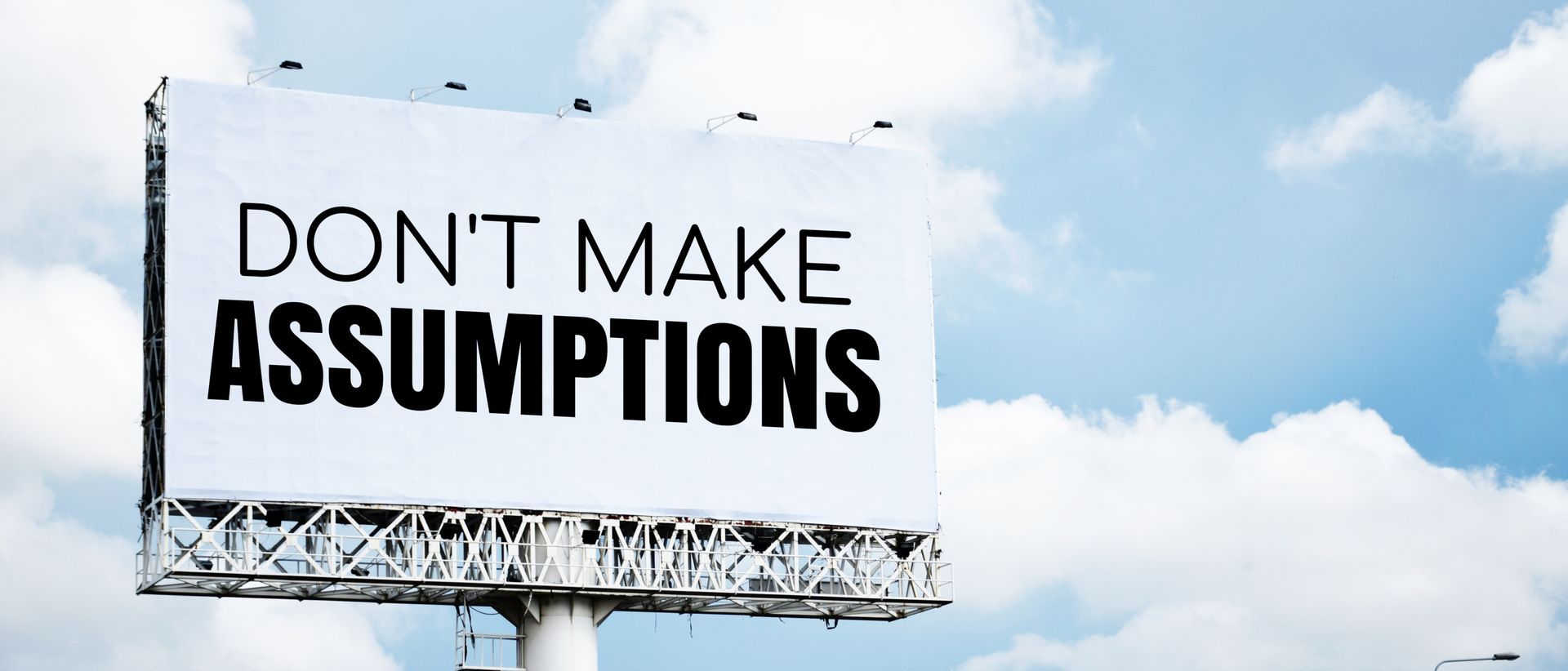How to Stop Guessing and Start Budgeting: A Simple Formula for Your Marketing Spend
Spoiler Alert: It’s Not Just Throwing Money at Ads and Praying

So, you’ve got a small business, and you’re ready to make some noise. But there’s one little problem: how much should you actually spend on marketing?
You might think, “Hey, I’ll just throw a few hundred bucks at Facebook ads and see what happens.” Or maybe you’ve been told by some “marketing guru” to spend 10% of your revenue—but on what? And how? And why?
Look, we’ve all been there. It's easy to be overwhelmed and just guess.
But here’s the truth: marketing is not about blindly throwing cash at whatever you think will work. It’s about making strategic decisions based on real data (and a little creativity).
So let’s break it down.
The Formula:
👉 Marketing Budget = Revenue x Marketing Percentage
Here's how to use this formula:
- Step 1: Calculate Your Revenue
- Yep, we need the actual numbers. This is usually your annual revenue (or monthly, if you’re feeling wild).
- Step 2: Choose Your Marketing Percentage
- This is the fun part. On average, small businesses typically spend between 5-10% of their annual revenue on marketing. But hey, your industry, growth goals, and stage of business matter. Here’s a quick guide:
- qIf you’re a startup or scaling fast? Consider spending 10-15% of your revenue. Why? You need to make noise and build brand awareness.
- If you're established and just need to maintain or grow slightly? You can probably get away with 5-7%.
- If you’re a well-oiled machine and you just need maintenance? Maybe even 3-5%.
- Step 3: Break Down the Budget
Once you have the total amount, it’s time to divvy it up. Where should your money go? Here's a starting point:
- 40% for digital ads (Facebook, Instagram, Google Ads, etc.).
- 30% for content creation (blogs, videos, graphics, etc.).
- 15% for social media management (that means your consistent posting, engagement, and ads).
- 10% for email marketing (it’s not dead—trust us).
- 5% for experimenting with new channels (TikTok, Pinterest, etc.).
Why It Works:
This formula gives you a clear baseline to work with, so you’re not just blindly deciding how much to throw into Facebook ads hoping for a miracle. And let’s be honest: it’s easy to get caught in the “shiny object” syndrome and waste money on every trend that comes along. But by using real revenue numbers and a calculated marketing percentage, you’re investing smartly—and making sure that your marketing spend grows with your business.
Final Thought:
Marketing doesn’t have to be a guessing game. Take a little time, crunch the numbers, and use this formula to set a marketing budget that makes sense for your business. It’s time to go from overwhelmed to in control—and finally stop asking, “Am I spending enough? Or too much?”











